Home>Garden Essentials>Garden Plants>How Much Is A Bunch Of Thyme
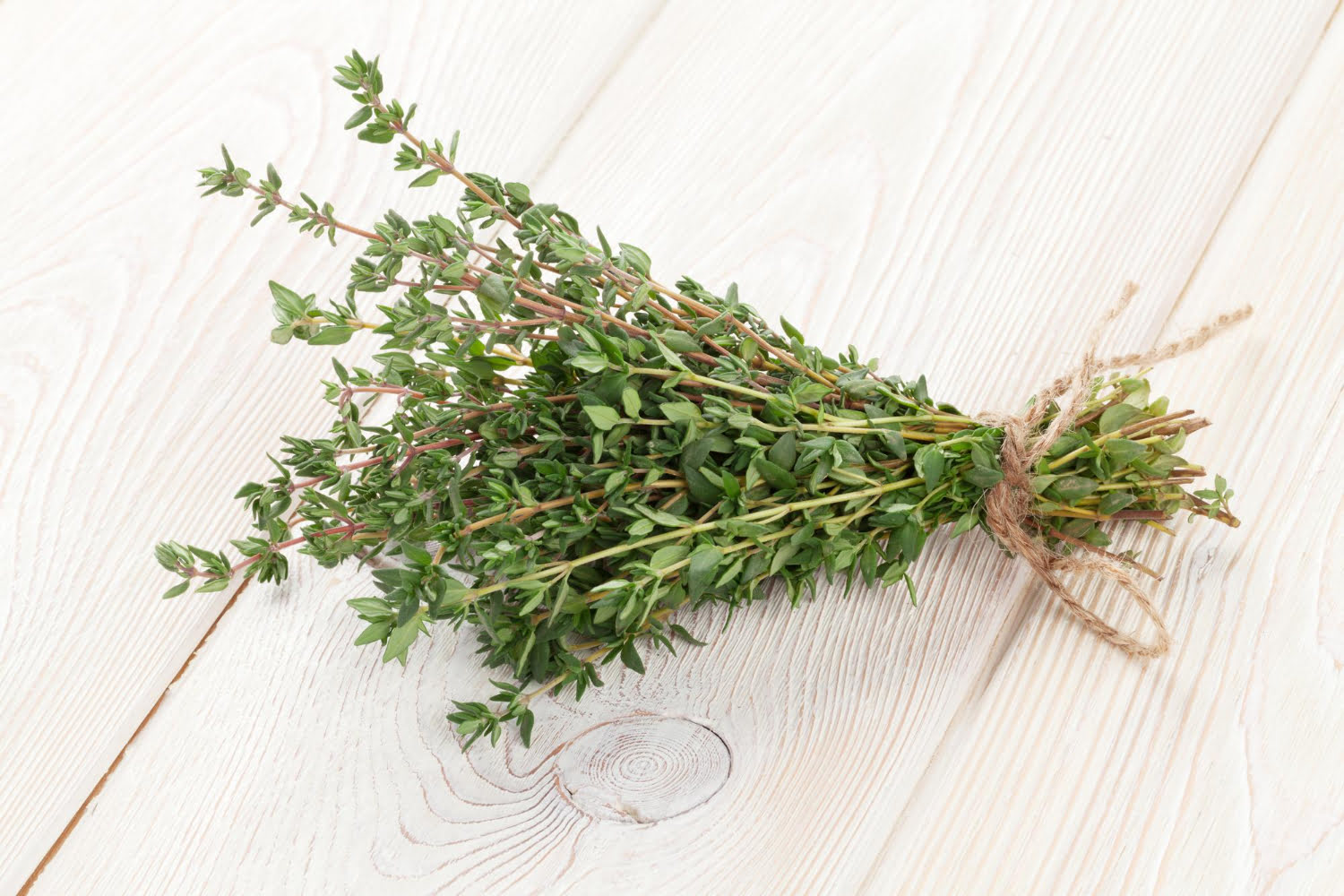

Garden Plants
How Much Is A Bunch Of Thyme
Modified: January 9, 2024
Discover the price range for a bunch of thyme plants and learn how to incorporate the herb into delicious recipes. Start your herb garden today!
(Many of the links in this article redirect to a specific reviewed product. Your purchase of these products through affiliate links helps to generate commission for Storables.com, at no extra cost. Learn more)
Introduction
Welcome to our article on “How Much Is A Bunch Of Thyme?” Thyme is a versatile and aromatic herb that is commonly used in cooking for its unique flavor and fragrance. Whether you are a seasoned chef or an aspiring home cook, chances are you have encountered recipes that call for a bunch of thyme. But how much thyme does a bunch usually contain? And how can you ensure you’re using the right amount in your dishes?
In this article, we will explore the world of thyme by delving into its characteristics, culinary uses, and various varieties. We will also provide tips on growing your own thyme plant and how to properly harvest and store it. Additionally, we will discuss how much thyme typically constitutes a bunch and how you can measure it accurately. Finally, we’ll explore different ways to cook with fresh thyme and offer some substitutions in case you run out. By the end of this article, you’ll have a thorough understanding of thyme and be ready to incorporate it into your culinary adventures!
Key Takeaways:
- Thyme is a versatile herb with a unique flavor profile, offering culinary benefits and potential health properties. Its various varieties and growing tips make it a valuable addition to any kitchen.
- Understanding how to measure, store, and cook with thyme, as well as knowing its substitutes, allows for creative and flavorful culinary experiences, even when thyme is not readily available.
Read more: How Much Thyme Is In A Sprig
What is Thyme?
Thyme (Thymus vulgaris) is a perennial herb that belongs to the mint family, Lamiaceae. It is native to the Mediterranean region and is widely cultivated for its culinary, medicinal, and ornamental uses. Thyme is known for its small, fragrant leaves and woody stems, which are packed with essential oils that give the herb its distinctive flavor and aroma.
Thyme is a versatile herb that can be used both fresh and dried in a variety of dishes. It has a strong, slightly minty and lemony flavor with hints of earthiness and warmth. The intensity of the flavor can vary depending on the variety of thyme and the growing conditions.
Due to its medicinal properties, thyme has been used for centuries in traditional medicine to treat various ailments. It is believed to have antibacterial, antifungal, and antiseptic properties, making it a popular ingredient in natural remedies and topical ointments.
Thyme is also valued for its ornamental qualities. It features small, delicate flowers that can range in color from white to pink or lavender. These flowers attract bees and other pollinators, making thyme a beneficial addition to herb gardens and flower beds. Some varieties of thyme, such as creeping thyme, can also be used as ground cover due to their low-growing and spreading nature.
Overall, thyme is a versatile and aromatic herb that adds depth and complexity to a wide range of culinary dishes. Its unique flavor profile and medicinal properties make it a must-have herb in any kitchen.
Uses of Thyme in Cooking
Thyme is a staple herb in many culinary traditions around the world. Its versatile flavor profile and aromatic qualities make it a popular choice for adding depth and complexity to a variety of dishes. Let’s explore some of the common uses of thyme in cooking.
1. Seasoning and Flavoring: Thyme is often used as a seasoning for savory dishes, adding a pleasant herbal note and enhancing the overall flavor profile. It pairs well with a wide range of ingredients, including meats, poultry, fish, vegetables, and legumes. Whether sprinkled on roasted potatoes, added to soups and stews, or used as a rub for grilled meats, thyme brings a delightful fragrance and taste to the dish.
2. Infusions and Marinades: Thyme can be used to infuse oils, vinegar, and other liquids with its distinct flavor. This infused thyme oil or vinegar can be used to dress salads, drizzle over grilled vegetables, or as a marinade for meats and seafood. The aromatic compounds in thyme infuse the liquid, imparting their flavor and creating a unique culinary experience.
3. Herbed Butters and Compound Butters: Thyme can be incorporated into various flavored butters, adding a burst of freshness and flavor. Herbed butters are excellent for spreading on bread, melting over steaks or grilled vegetables, or tossing with pasta for a quick and flavorful sauce. Thyme pairs well with other herbs like rosemary, sage, and parsley, making it a versatile ingredient in homemade butters.
4. Soups and Sauces: Thyme is a common herb used in soups, stews, and sauces to enhance the overall taste. Its herbal and slightly floral notes bring depth to the broth, complementing the other ingredients. It is often added to tomato-based sauces like marinara or Bolognese and cream-based sauces like béchamel or velouté.
5. Baking: While typically associated with savory dishes, thyme can also be used in baking to add a unique twist to bread, biscuits, and pastries. A pinch of thyme in bread dough can enhance the aroma and introduce a subtle savory element. Thyme-infused honey can be drizzled over desserts or used as a glaze for roasted fruits.
These are just a few examples of how thyme can be used in cooking. Its versatility allows it to be incorporated into countless dishes, from simple weeknight dinners to elaborate gourmet meals. So, next time you’re looking to elevate the flavor of your culinary creations, don’t forget to reach for a bunch of thyme.
Culinary Benefits of Thyme
Thyme not only adds a delightful flavor and aroma to dishes but also brings several culinary benefits to the table. Let’s explore some of the key reasons why thyme is a popular herb in the culinary world.
1. Flavor Enhancer: Thyme has a unique flavor profile that can elevate the taste of various dishes. It adds depth and complexity with its slightly minty, lemony, and earthy notes. The herb’s aromatic oils, concentrated in its leaves, infuse the dish with a distinctive taste that enhances the overall flavor.
2. Versatility: Thyme is incredibly versatile and can be used in a wide range of culinary preparations. It pairs well with meats, poultry, fish, vegetables, legumes, and even desserts. Whether used as a seasoning, infusion, or garnish, thyme brings its characteristic flavor to different types of cuisines and cooking styles.
3. Antioxidant Properties: Thyme contains various antioxidants, such as thymol, rosmarinic acid, and luteolin. These compounds help fight oxidative stress in the body and provide potential health benefits. Incorporating thyme into your cooking allows you to enjoy its antioxidant properties while adding a burst of flavor to your meals.
4. Digestive Aid: Thyme has long been used as a digestive aid due to its carminative properties. It can help alleviate digestive issues such as bloating, gas, and indigestion. Adding thyme to your dishes can aid in digestion and provide relief from discomfort after a meal.
5. Antibacterial and Antifungal Properties: Thyme contains compounds that have been found to possess antibacterial and antifungal properties. These properties make thyme an excellent natural ingredient for preserving food, inhibiting the growth of harmful bacteria, and preventing spoilage.
6. Nutritional Value: Thyme is rich in essential nutrients, including vitamins C and K, iron, manganese, and calcium. Incorporating thyme into your cooking can help boost your nutrient intake and contribute to a healthy, well-balanced diet.
Overall, thyme offers a range of culinary benefits, from enhancing flavors to providing potential health-promoting properties. Its versatility, distinctive taste, and nutritional value make it a valuable herb to have in your kitchen. So, don’t hesitate to experiment with thyme in your cooking and discover how it can elevate your culinary creations.
Varieties of Thyme
Thyme comes in various cultivars and varieties, each with its own unique characteristics and flavors. Let’s explore some of the most popular varieties of thyme that you can consider growing or using in your culinary endeavors.
1. Common Thyme (Thymus vulgaris): Common thyme is the classic variety of thyme, known for its strong flavor and aroma. It has small, grayish-green leaves and woody stems. Common thyme is widely used in Mediterranean and European cuisine, particularly in savory dishes like stews, roasts, and marinades.
2. Lemon Thyme (Thymus citriodorus): As the name suggests, lemon thyme has a distinct lemony fragrance and flavor. It features small, variegated green and yellow leaves. Lemon thyme adds a bright, citrusy note to various dishes and is particularly suited for fish, poultry, and vegetable recipes.
3. Orange Thyme (Thymus fragrantissimus): Orange thyme, also known as tangerine thyme, has a delightful orange-citrus scent. It has small, dark green leaves that release a tropical aroma when crushed. Orange thyme pairs well with both sweet and savory dishes, such as jams, desserts, salads, and marinades.
4. Creeping Thyme (Thymus serpyllum): Creeping thyme is a low-growing variety that forms a dense, creeping mat of foliage. It is often used as a ground cover in gardens and landscapes. Creeping thyme has a milder flavor compared to other varieties, making it a great choice for subtle herbal infusions and garnishes.
5. French Thyme (Thymus vulgaris ‘French’): French thyme has a slightly sweeter and more delicate flavor compared to its common variety. It is an essential herb in French cuisine, often used in dishes like bouquet garni, herbes de Provence, and classic French sauces. French thyme has narrower leaves than common thyme and a more compact growth habit.
6. Caraway Thyme (Thymus herba-barona): Caraway thyme has a unique flavor profile reminiscent of caraway seeds. It adds a distinctive twist to dishes, particularly in Central European cuisine. Caraway thyme is well-suited for flavoring bread, cheeses, sausages, and hearty stews.
These are just a few examples of the different thyme varieties available. Each variety offers its own flavor nuances, allowing you to experiment and find the ones that best suit your culinary preferences. Whether you opt for the classic common thyme or explore the citrusy notes of lemon or orange thyme, having a variety of thyme plants in your herb garden will add depth and diversity to your recipes.
Tips for Growing Thyme
Growing your own thyme is a rewarding experience that allows you to have a fresh supply of this versatile herb at your fingertips. Whether you have a spacious garden or a small balcony, here are some tips to help you successfully cultivate thyme plants.
1. Choose the Right Location: Thyme thrives in full sunlight, so select a location that receives at least six to eight hours of direct sunlight each day. Ensure good drainage in the soil to prevent waterlogging, as thyme prefers well-draining soil conditions.
2. Start with Healthy Plants or Seeds: You can start growing thyme from seeds or purchase healthy young thyme plants from a nursery. Transplant the seedlings outdoors after the last frost has passed, or sow the seeds directly in the garden according to the package instructions.
3. Planting and Spacing: Space thyme plants about 12 to 18 inches apart to allow for proper air circulation and growth. Dig a hole slightly larger than the root ball, gently place the plant in the hole, and cover the roots with soil. Pat down the soil around the base of the plant to secure it in place.
4. Watering: Thyme plants prefer moderate watering. Water them deeply once a week, allowing the top inch of soil to dry out between watering sessions. Overwatering can lead to root rot, so it’s essential to find the right balance. Watering in the morning allows excess moisture to evaporate during the day.
5. Fertilizing: Thyme plants generally do not require much fertilization. If needed, you can apply a balanced organic fertilizer during the growing season. Avoid over-fertilizing, as it can result in excessive foliage growth with reduced flavor and aroma.
6. Pruning and Harvesting: Regular pruning helps thyme plants stay compact and bushy. Pinch back the tips frequently to encourage branching and prevent the plants from becoming leggy. Harvest the leaves as needed, starting from the outer stems and working your way inward. Avoid harvesting more than one-third of the plant at a time to ensure its healthy growth.
7. Winter Care: Thyme is a hardy perennial that can withstand cold temperatures. In colder regions, a layer of mulch around the plants can provide insulation and protect the roots during winter. Mulching also helps retain moisture and prevents weed growth.
By following these tips, you can successfully grow your own thyme plants and enjoy the fresh, aromatic leaves for your culinary creations throughout the year. Remember to observe your plants closely and adjust your gardening practices accordingly to ensure their optimal health and vigor.
To preserve the freshness of a bunch of thyme, wrap the stems in a damp paper towel and store in a plastic bag in the refrigerator. This will help keep the thyme fresh for up to two weeks.
Harvesting and Storing Thyme
Harvesting thyme at the right time and storing it properly ensures that you have a supply of fresh thyme to use in your cooking. Here are some tips to help you harvest and store thyme effectively:
1. Harvesting: Thyme can be harvested once the plants have become established and have enough foliage to sustain growth. It is best to harvest thyme in the morning when the essential oils are most concentrated in the leaves. Simply pinch or cut off the stems just above a node, where the leaves emerge. Avoid removing too much foliage at once, as it can stress the plant.
2. Washing and Drying: Thyme leaves are delicate and can be easily damaged, so avoid washing them unless necessary. If you need to remove any dirt or debris, gently rinse the leaves under cool running water and pat them dry with a paper towel. It is crucial to ensure that the leaves are completely dry before storing to prevent mold or decay.
3. Air Drying: The most common method of drying thyme is air drying. Tie small bunches of thyme stems together with a string or rubber band and hang them upside down in a warm, dry, and well-ventilated area. Allow the thyme to air dry for several weeks until the leaves are dry and brittle. Once dry, remove the leaves from the stems and store them in airtight containers away from light and heat.
4. Freezing: Freezing thyme is another way to preserve its flavor. Strip the leaves from the stems and place them in freezer-safe bags or containers. Alternatively, you can freeze the whole stems. Frozen thyme can be added directly to dishes during cooking without thawing. However, keep in mind that frozen thyme may have a slightly altered texture compared to fresh thyme.
5. Storing: Store dried thyme leaves in airtight containers, such as glass jars or sealed plastic bags, in a cool, dark, and dry place. This helps to maintain the flavor and aroma for a longer period. Use a label to note the date of harvest, as the flavor diminishes over time. Properly stored dried thyme can last up to one year.
6. Fresh Thyme Storage: If you prefer to use fresh thyme, store it in the refrigerator to maintain its freshness. Wrap the stems in a damp paper towel or place them in a glass of water, similar to a bouquet of flowers. Cover the top loosely with a plastic bag to retain moisture. Fresh thyme can last up to several weeks when stored this way.
By following these methods for harvesting and storing thyme, you can enjoy the flavor and aroma of this versatile herb long after its growing season has passed. Whether you prefer dried thyme for your spice rack or fresh thyme for immediate use, these techniques will help you make the most of your thyme harvest.
How Much Thyme is in a Bunch?
The term “bunch” is often used to refer to a group of herbs tied together for convenience and easy handling in the kitchen. When it comes to thyme, the exact quantity of thyme in a bunch can vary depending on various factors, including the size and freshness of the plant. However, on average, a bunch of thyme typically contains about 6 to 10 sprigs.
A sprig of thyme refers to a single stem with multiple branches, each adorned with small leaves. The size of the sprigs can vary, but they are usually around 4 to 6 inches in length. The number of sprigs in a bunch can also vary depending on how tightly they are arranged and bundled together.
When purchasing thyme from a grocery store or farmer’s market, it is common to find thyme sold in bunches that are pre-packaged or bundled together. These bunches are usually sufficient for most recipes, providing enough thyme to add the desired flavor and aroma to your dish.
It’s worth noting that recipes often call for a specific quantity of thyme, such as “1 tablespoon of fresh thyme leaves,” rather than specifying the number of sprigs or a bunch. In such cases, you can simply remove the leaves of the desired amount of thyme from the bunch by sliding your fingers down the stem in the opposite direction of the growth to remove the leaves from their woody stems. This allows you to measure the specific amount of thyme needed for your recipe.
Keep in mind that thyme leaves can be quite potent, so a little goes a long way. Start with a smaller quantity in your recipes and adjust according to your taste preferences. Remember that it’s easier to add more thyme if needed rather than trying to reduce its flavor intensity if you’ve added too much.
Whether you’re using a small sprig or a whole bunch of thyme, this herb adds a delightful flavor and aroma to your culinary creations. So, feel free to experiment with different quantities of thyme to achieve the desired taste in your dishes.
Ways to Measure Thyme
Measuring thyme accurately is essential for achieving the right balance of flavor and aroma in your culinary creations. While recipes often call for specific measurements, such as teaspoons or tablespoons of fresh or dried thyme, it can be challenging to measure the precise amount of such a small and delicate herb. Here are some ways you can measure thyme effectively:
1. Using Measuring Spoons: Measuring spoons are a convenient tool for measuring both fresh and dried thyme. For fresh thyme, gently remove the leaves from the stem and use a teaspoon or tablespoon to scoop and level off the required quantity. For dried thyme, simply spoon the desired amount from the jar or container, ensuring an even level measurement.
2. Leaf Count: Another way to measure thyme is by counting the individual leaves if you’re looking for a rough estimation. Keep in mind that the size and density of thyme leaves can vary, so this method may not provide a precise measurement but can be useful when you need a small quantity and don’t have measuring tools available.
3. Eyeballing: If you are familiar with working with thyme and have a good sense of estimation, you can simply eyeball the amount needed based on your culinary intuition. This method is best for experienced cooks who have a good understanding of how much thyme is needed to achieve the desired flavor in their dishes.
4. Conversion Ratio: If a recipe calls for fresh thyme but you only have dried thyme or vice versa, you can use a conversion ratio to adjust the measurement. A general guideline is to use one-third the amount of dried thyme compared to fresh, as the flavor of dried herbs is more concentrated. However, keep in mind that this ratio may vary depending on the quality and potency of your thyme.
5. Adjust to Taste: Remember, the amount of thyme used in a recipe is subjective and can be adjusted to suit your personal preference. Start with a smaller quantity and gradually add more if desired. Taste the dish as you go and adjust the seasoning accordingly. Remember that it’s easier to add more thyme than to reduce its flavor if you’ve added too much.
Using these methods, you can measure thyme effectively and ensure the right balance of flavor in your culinary creations. Remember to trust your instincts, taste as you go, and have fun experimenting with different amounts of thyme to discover your perfect flavor profile.
Cooking with Fresh Thyme
Fresh thyme is a wonderful herb that can elevate the flavor of a wide range of dishes. Its distinctive taste and aroma make it a versatile choice for both savory and sweet recipes. Here are some delicious ways to incorporate fresh thyme into your cooking:
1. Soups and Stews: Fresh thyme adds depth and complexity to soups and stews. Whether you’re making a comforting chicken soup or a hearty vegetable stew, adding a few sprigs of thyme to the simmering broth infuses it with a delightful herbal note. Remember to remove the stems before serving.
2. Roasted Meats and Vegetables: When roasting meats or vegetables, fresh thyme can take the flavors to the next level. Simply sprinkle some leaves over the ingredients before roasting, allowing them to release their aromatic oils and enhance the overall taste of the dish. Thyme complements rosemary, garlic, and lemon particularly well in roasted recipes.
3. Herb-Roasted Potatoes: A classic side dish that’s simple yet bursting with flavor, herb-roasted potatoes is elevated with the addition of fresh thyme. Toss halved or quartered potatoes with olive oil, salt, pepper, and fresh thyme leaves. Roast them in the oven until golden and crispy, and enjoy the fragrant and flavorful result.
4. Pasta and Risottos: Fresh thyme can add a delightful herbal bouquet to pasta dishes and risottos. Stir in some leaves during the cooking process to infuse the dish with an earthy flavor. Thyme pairs well with mushrooms, tomatoes, and creamy sauces, making it a versatile addition to a wide range of pasta and risotto recipes.
5. Herbed Butters and Compound Butters: Fresh thyme is a perfect addition to herbed butters or compound butters. Soften butter at room temperature and mix in minced fresh thyme leaves, along with other herbs like rosemary, parsley, or chives. Use this herbed butter on toast, grilled meats, steamed veggies, or simply melt it over a freshly cooked steak for a burst of flavor.
6. Infused Oils and Vinegars: Infusing oils or vinegars with fresh thyme is a fantastic way to add depth to dressings, marinades, or dipping sauces. Simply place a few sprigs of thyme in a bottle, cover with the fat or vinegar of your choice, and let it sit for a week or two. The resulting infused oil or vinegar can be drizzled over salads, grilled vegetables, or used as a marinade for meats and seafood.
These are just a few examples of the many ways you can use fresh thyme in your cooking. Remember to experiment and trust your taste buds. Fresh thyme has a strong flavor, so start with a small amount and adjust to your preference. Enjoy the aromatic and flavorful journey that fresh thyme brings to your culinary creations!
Substitutions for Thyme
While thyme is a versatile and flavorful herb, there may be times when you don’t have it on hand or simply want to try something different. Fortunately, there are several herbs that can be used as substitutions for thyme, each adding its own unique touch to your dishes. Here are some common substitutes for thyme:
1. Rosemary: Rosemary is a popular substitution for thyme, thanks to its robust flavor and pine-like aroma. It pairs well with the same types of dishes that thyme does, especially roasted meats, potatoes, and soups. Use rosemary in a slightly smaller quantity, as its flavor can be more intense compared to thyme.
2. Oregano: Oregano is another herb that can be used as a substitute for thyme. Its slightly bitter and earthy flavor complements various Mediterranean dishes, including tomato-based sauces, pizza, and grilled vegetables. Use oregano in a similar quantity to thyme, adjusting to taste if necessary.
3. Marjoram: Marjoram has a flavor profile that is similar to thyme but milder and sweeter. It is a suitable replacement if you prefer a more delicate herb flavor. Marjoram works well in soups, stews, and roasted meats, providing a subtle and floral taste. Use marjoram in the same quantity as thyme in recipes.
4. Sage: Sage is a strong and aromatic herb that can be used as an alternative to thyme in some recipes. Its earthy and slightly peppery flavor pairs well with poultry, pork, and stuffing. Use sage sparingly, as its flavor can be quite potent and may overpower the dish if used excessively.
5. Savory: Savory is an herb with a flavor that closely resembles thyme. It has a slightly peppery and pungent taste, making it a suitable replacement in dishes such as stews, soups, and meat-based recipes. Use savory in a similar quantity to thyme in your recipes.
6. Herbes de Provence: Herbes de Provence is a dried herb blend that typically includes thyme along with other Mediterranean herbs like rosemary, oregano, marjoram, and lavender. This mixture can be used as a convenient substitute for thyme, as it provides a balanced combination of flavors. Add herbes de Provence to dishes in a similar quantity as thyme to achieve a well-rounded herbaceous taste.
When substituting thyme with any of these herbs, remember that each herb has its own unique characteristics. Adjust the quantity based on personal preference and the specific flavors of the dish you’re preparing. It’s always a good idea to taste as you go and make adjustments as needed to ensure a delicious outcome.
With these thyme substitutes on hand, you can confidently continue cooking flavorsome dishes even when thyme is not readily available in your pantry!
Conclusion
Thyme is a versatile herb that brings a delightful flavor and aroma to a wide range of culinary dishes. Whether you’re a seasoned chef or an aspiring home cook, understanding the key aspects of thyme, including its uses, varieties, and cultivation, can greatly enhance your culinary endeavors.
In this article, we have explored the world of thyme, starting with its definition and characteristics. We have discussed its numerous culinary benefits, from enhancing flavors to providing potential health-promoting properties. We’ve also delved into the various varieties of thyme, each with its own distinct flavor profile and culinary applications.
You have learned valuable tips on growing thyme, including choosing the right location, starting with healthy plants or seeds, and providing proper care. Harvesting and storing thyme effectively are also essential to maintain its freshness and maximize its culinary potential.
We have explored ways to measure thyme accurately, incorporating it into your recipes with confidence. Additionally, we’ve covered cooking techniques and substitutions for thyme, allowing you to experiment and add your own personal touch to dishes even when thyme is not readily available.
Thyme, with its unique fragrance and taste, is truly a powerhouse herb that can elevate the flavors of your culinary creations. Whether you’re using it as a seasoning, infusion, or garnish, the possibilities are endless. So go ahead, grow your own thyme, measure it with precision, and explore its wonderful culinary potential.
In conclusion, thyme is not just an ordinary herb – it’s a vibrant and invaluable ingredient that adds depth, complexity, and a touch of nature’s goodness to your cooking. So embrace thyme in your culinary adventures, savor its flavors, and let it enhance your dishes in ways that are sure to impress your taste buds and those of your loved ones.
Frequently Asked Questions about How Much Is A Bunch Of Thyme
Was this page helpful?
At Storables.com, we guarantee accurate and reliable information. Our content, validated by Expert Board Contributors, is crafted following stringent Editorial Policies. We're committed to providing you with well-researched, expert-backed insights for all your informational needs.
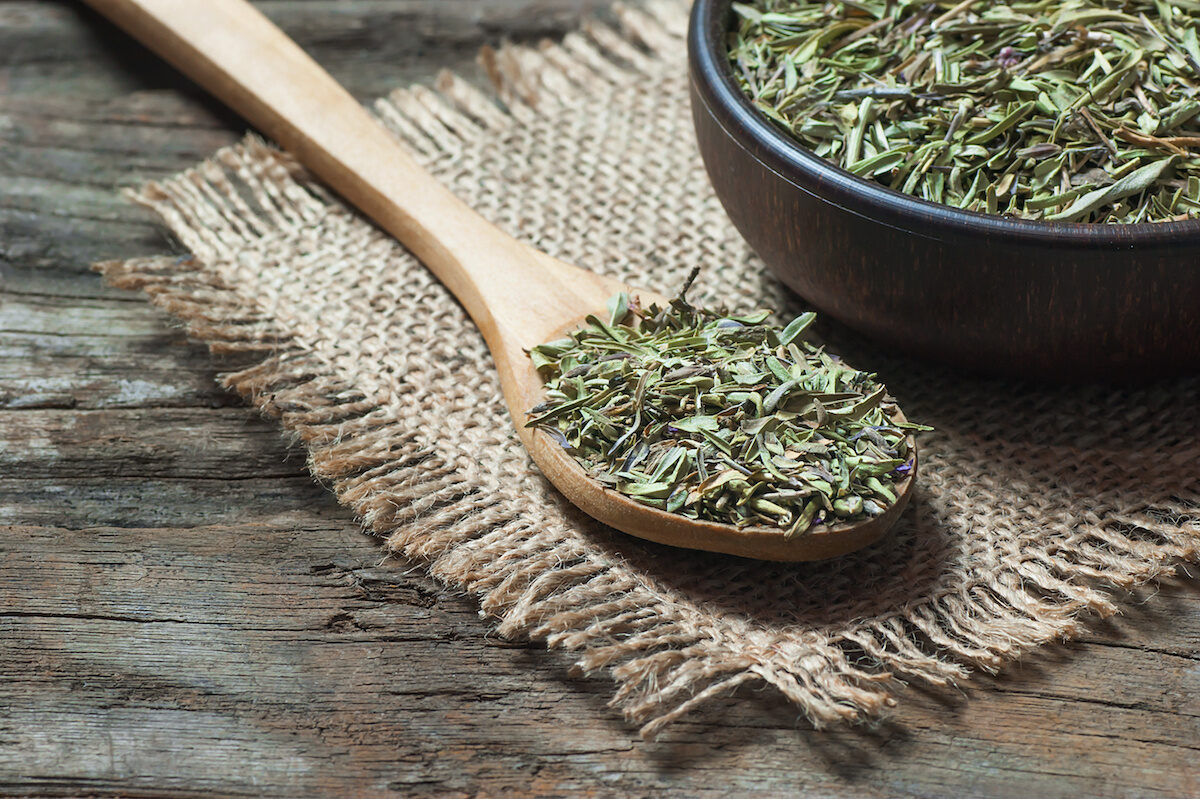

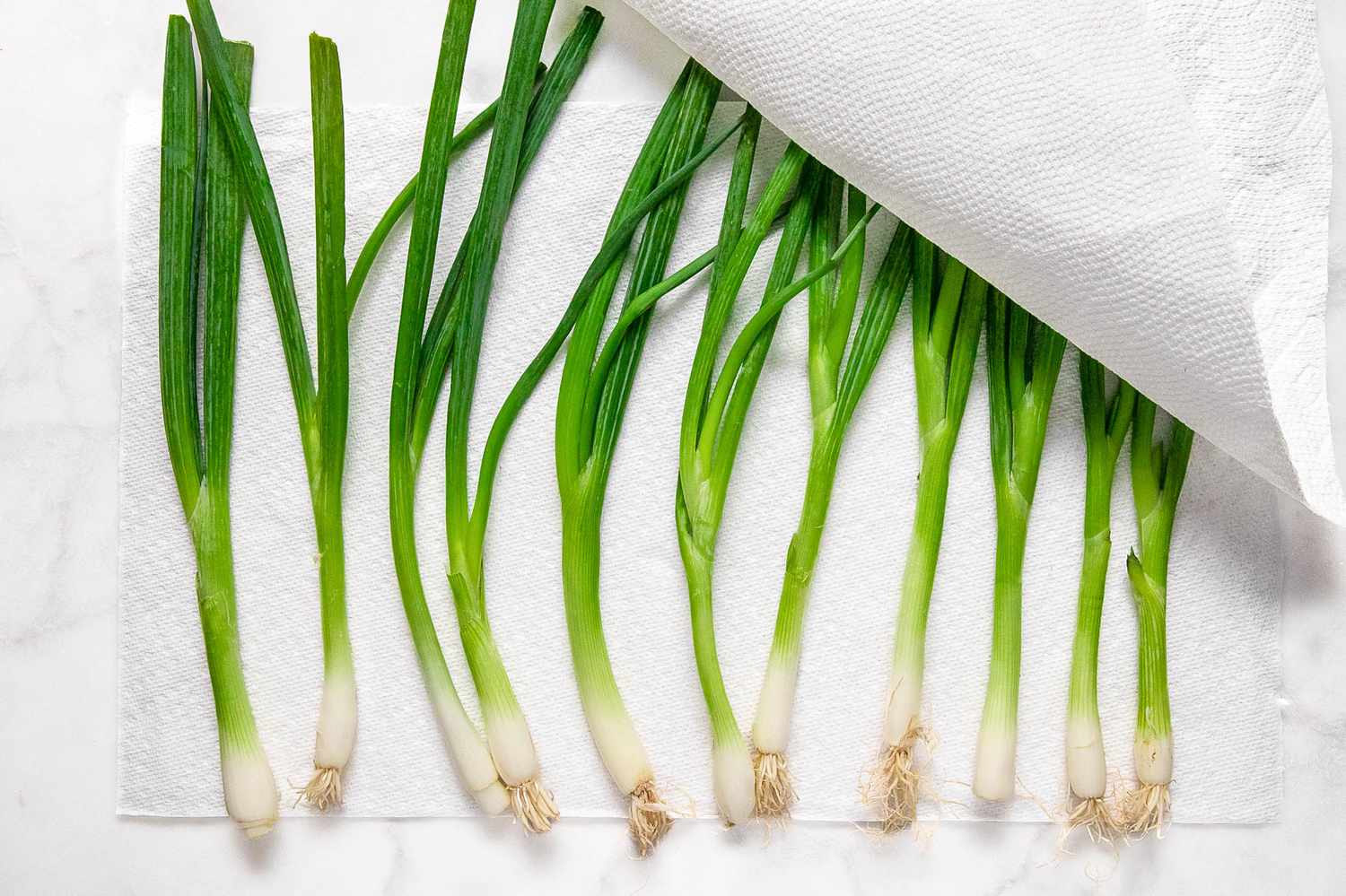
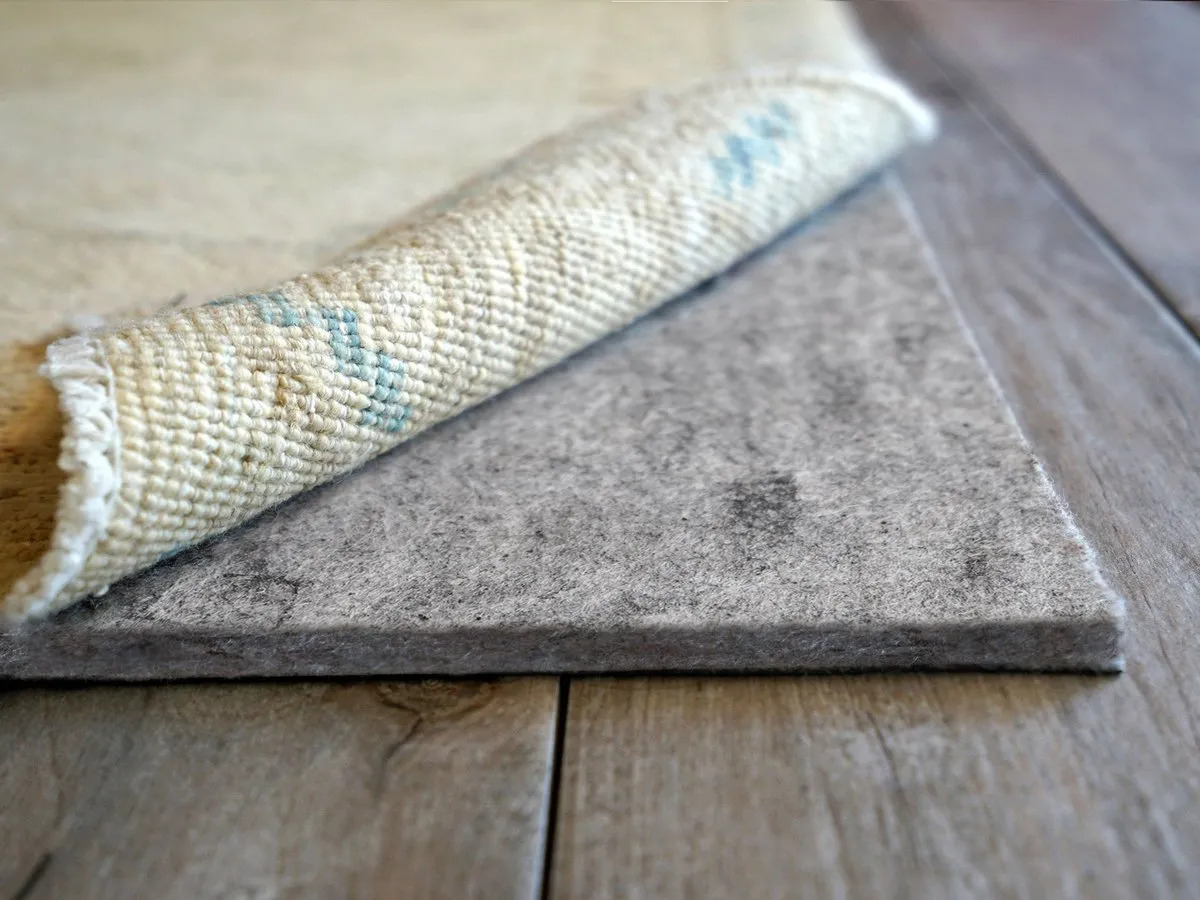
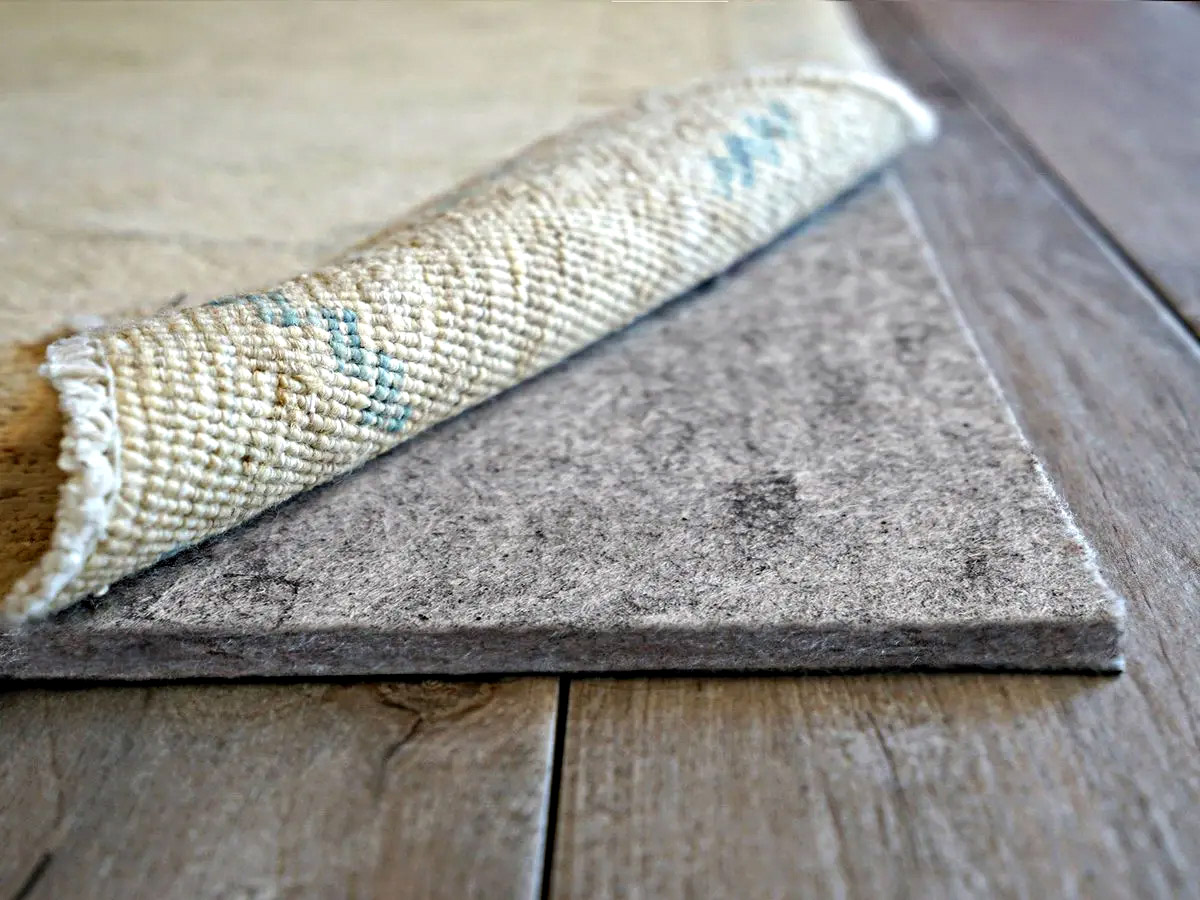
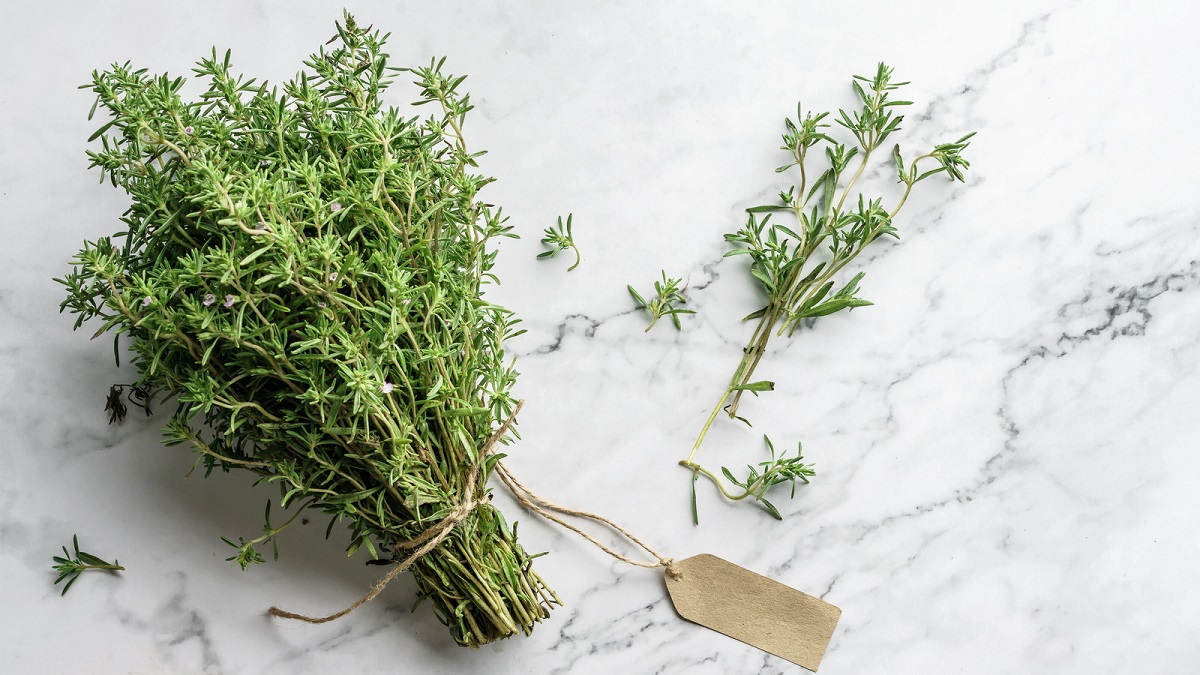

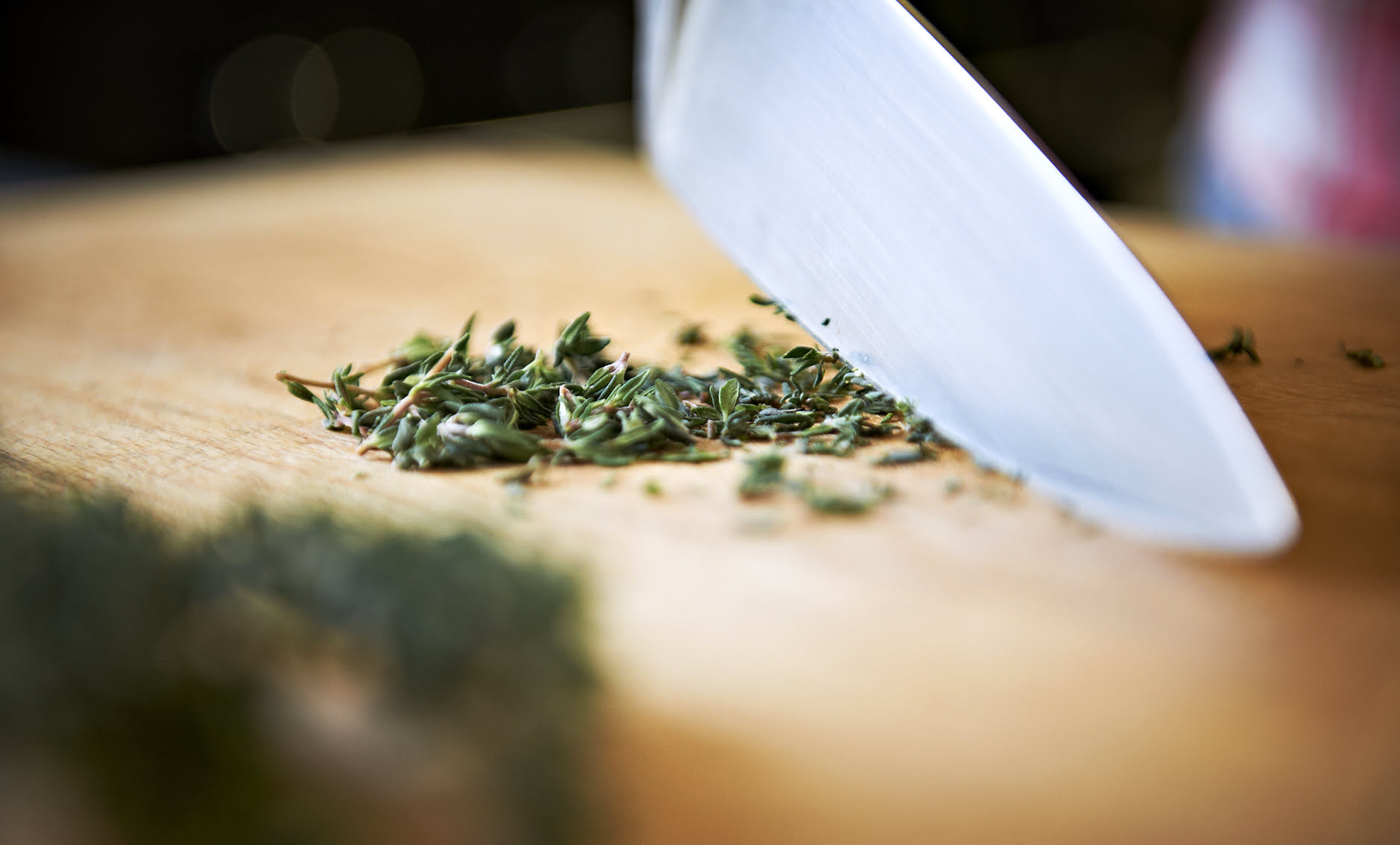
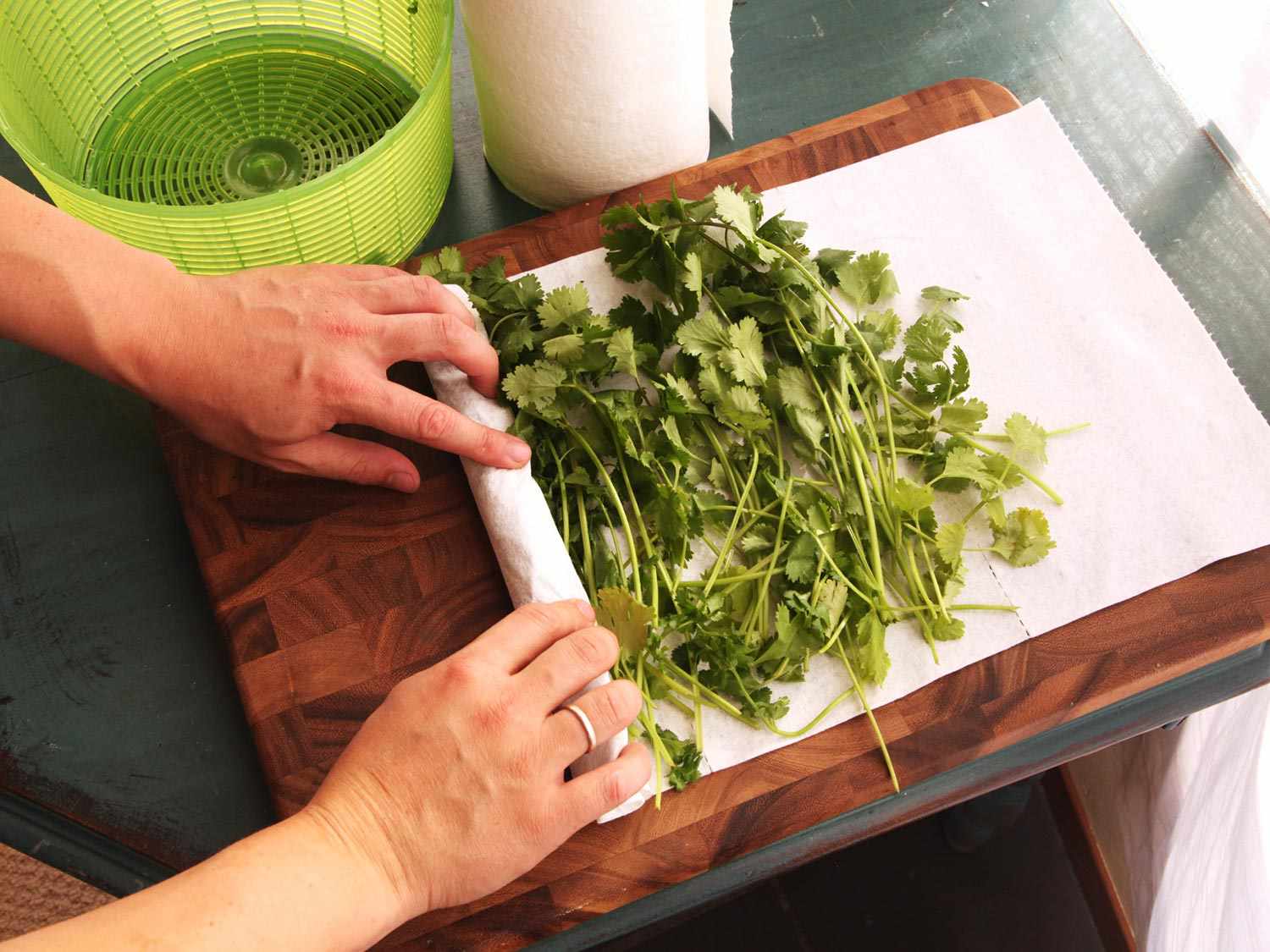
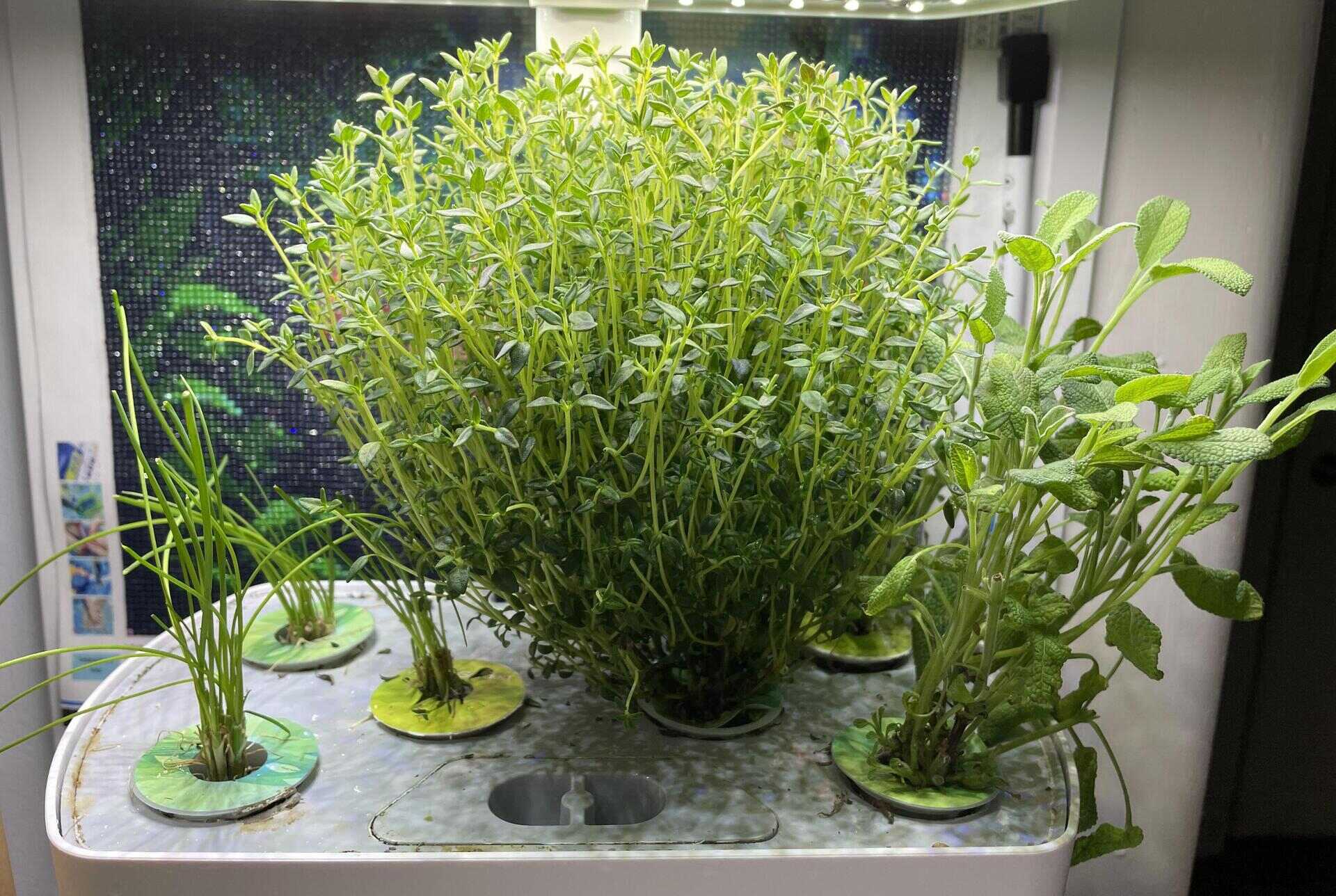
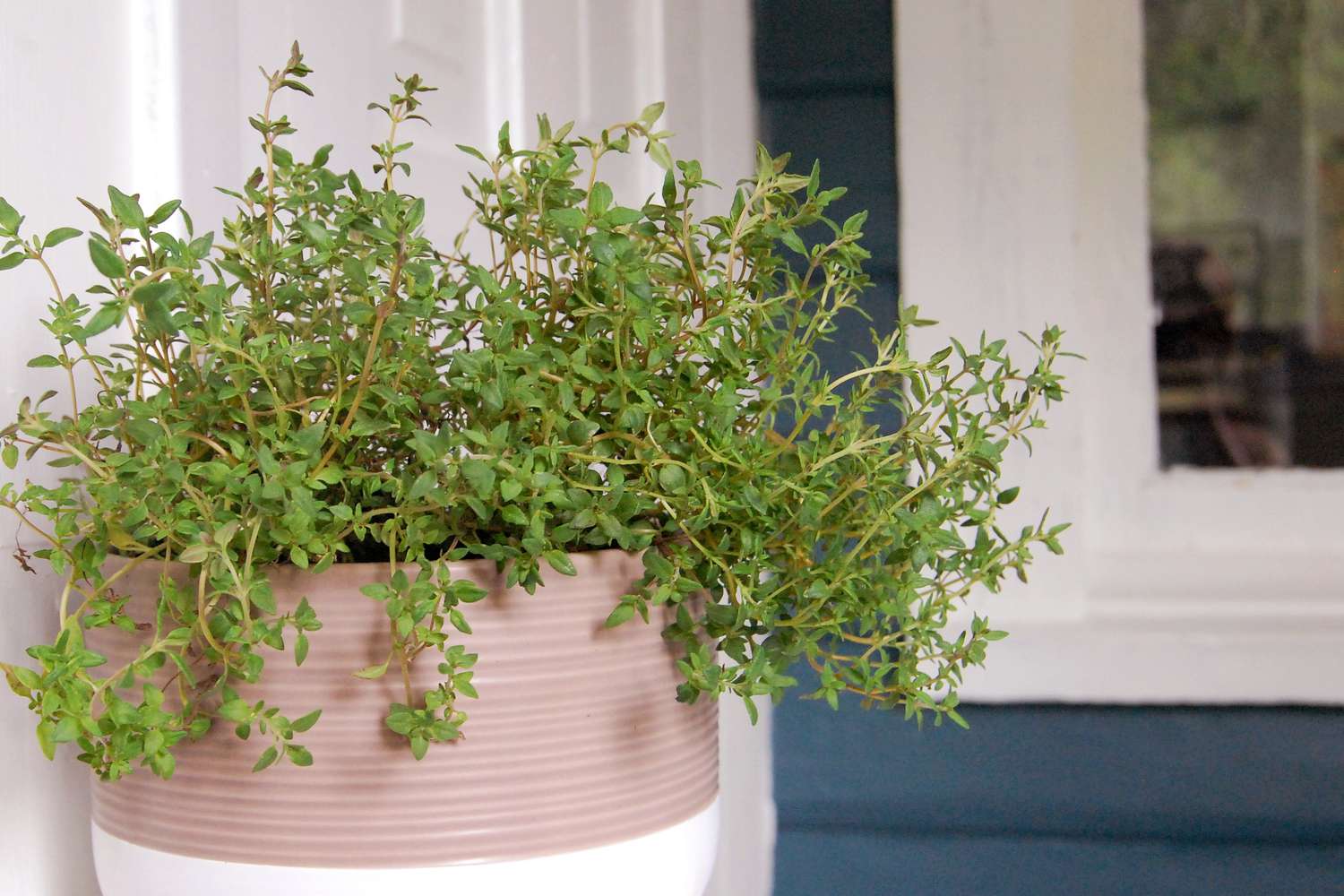
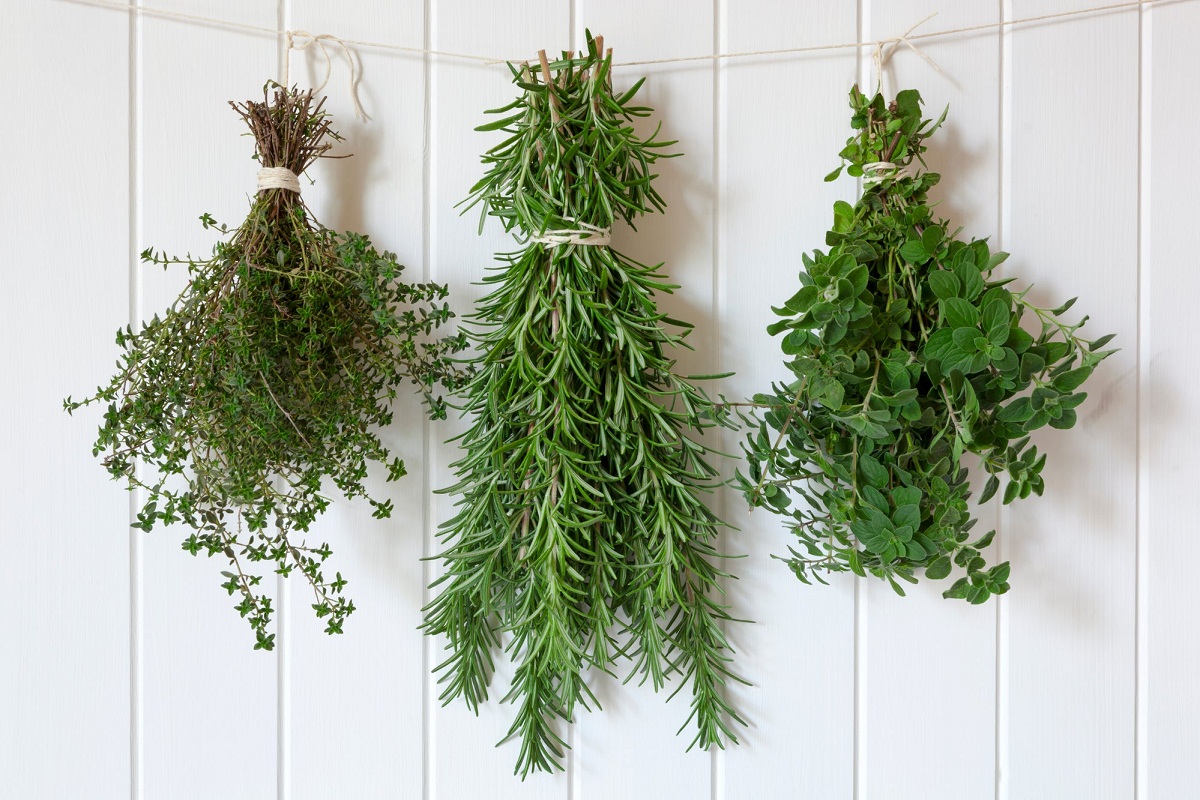
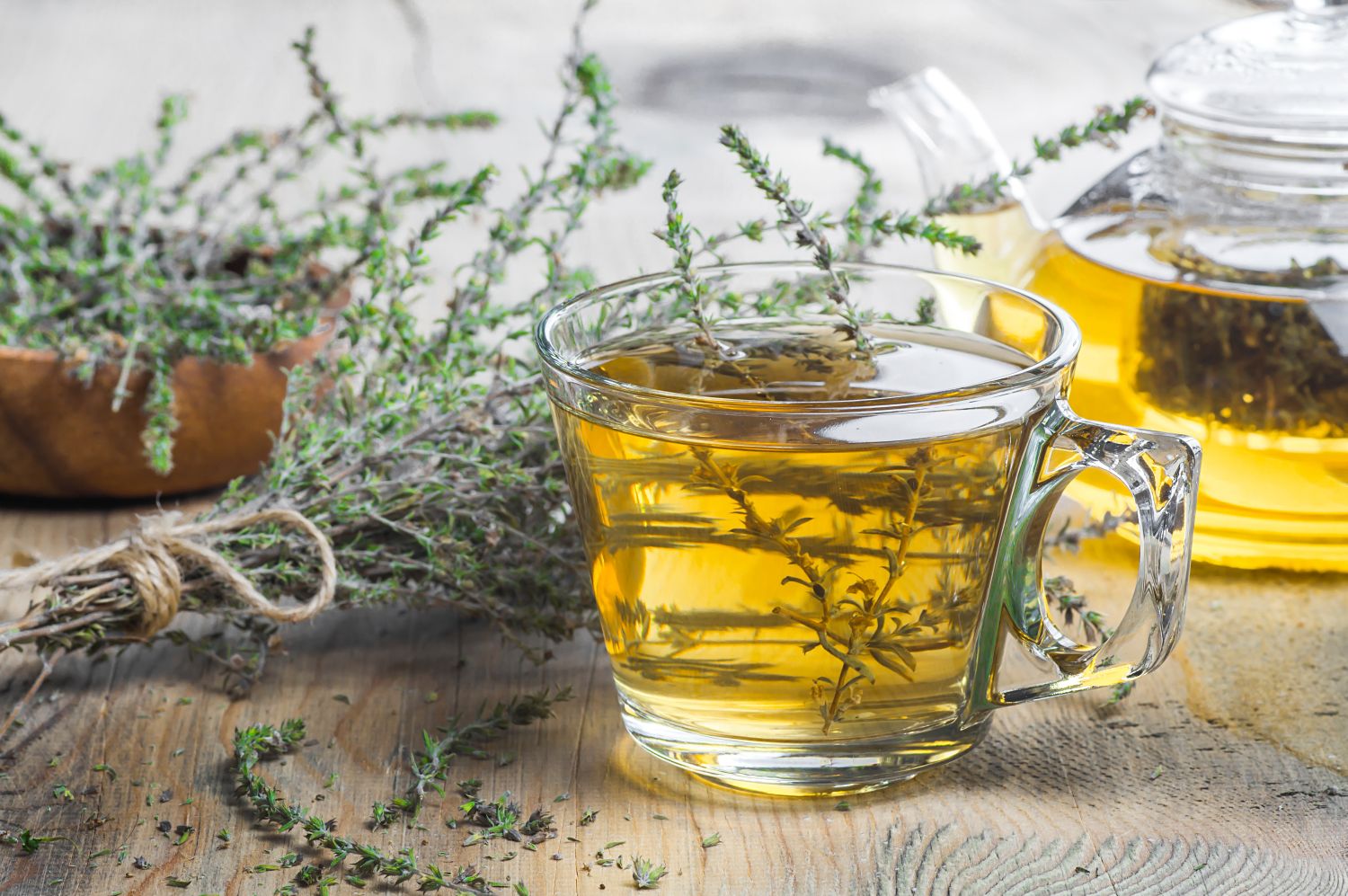

0 thoughts on “How Much Is A Bunch Of Thyme”